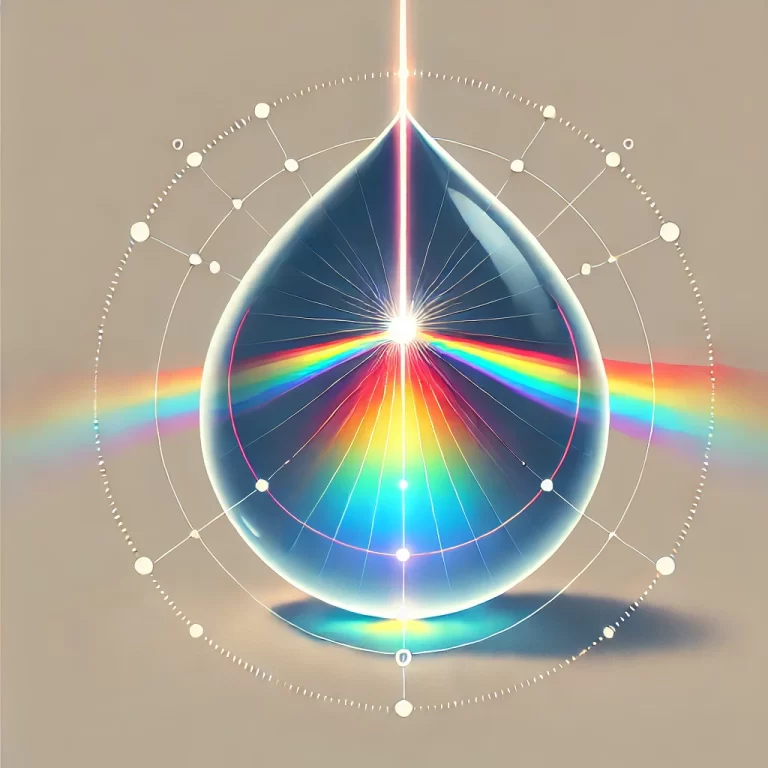E-Ink Technology in Automobiles: Where It Makes Sense and Where It Doesn’t
If you’re unfamiliar with how E-Ink displays work or their underlying technology, check out our previous post:👉 What is E-Ink Technology and How Does It Work? In this article, we’ll explore how E-Ink can be integrated into automotive systems, where its advantages shine, where it falls short, and how it can complement existing LED/LCD displays….










